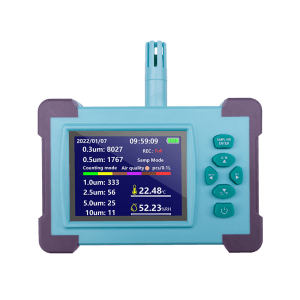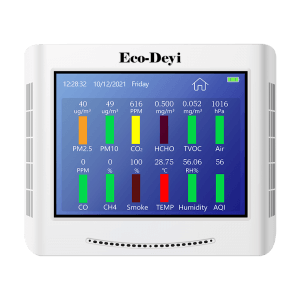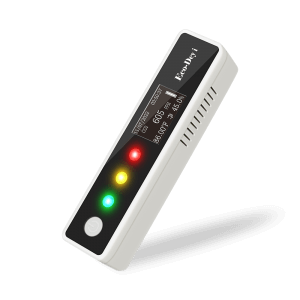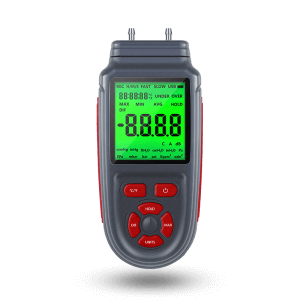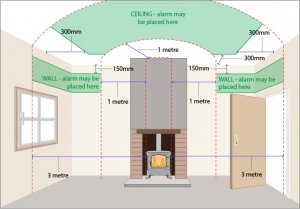What you need to know about wood dust
Wood dust is emitted during wood processing operations (felling, sawing, grinding), the machining of raw wood or reconstituted wood panels, the transport of shavings and sawdust from these processing operations, and the finishing of furniture (ginning). Wood dust can be inhaled, especially by people exposed in the course of their work. This inhalation can be the cause of many diseases of the respiratory system, eyes and skin, the most serious condition being cancer of the nasal cavities or sinuses of the face (naso-sinus cancer).
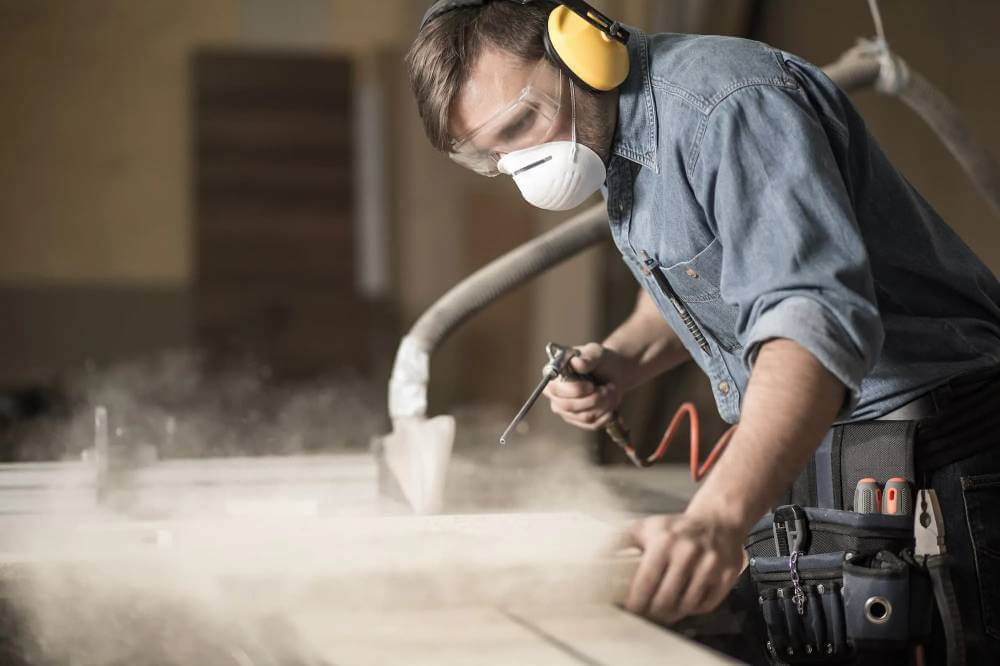
In Europe, 3.6 million workers are said to be exposed to wood dust. In France, this figure is between 310,000 and 360,000 employees, depending on the sources. The sectors with the highest number of people exposed are construction and furniture manufacturing.
Wood dust, whatever it is, is likely to cause short-term illnesses and cancers decades after the exposure. Many employees are exposed to wood dust in the course of their work in the wood, construction, or building sector. According to the Summer 2017 survey, more than a third of the 444200 employees in the construction sector were exposed to dust. It is therefore important to know how to prevent exposure risks.
One of the most important causes of cancers of occupational origin is work involving exposure to carcinogenic agents, in particular asbestos. Dust emissions have been placed at the top of the regulatory list of activities. The CMR ( carcinogenic, mutagenic and toxic for reproduction ), which is responsible for the the prevention rules, recommends that all work and processes involving the exposure of workers to agents of carcinogens should be avoided. The risk of exposure to cancers is higher for workers who have been exposed to these agents for a long time.
Health effects
Wood dust is a carcinogeen for the upper respiratory tract (naso-sinus cancers) and skin pathologies (eczema). The repeated deposit of fine dust in the nasal and sinus cavities, especially in certain subjects, can cause primary cancers. This type of dust can cause serious permanent damage to the deep lung (pulmonary fibrosis). Wood dust, regardless of the type of wood, is classified as a group I carcinogen (proven carcinogen for humans) by the IARC . Wood dust can also cause irritation lesions of the mucous membranes and allergic phenomena in the respiratory and skin tracts, especially asthma and rhinitis.
The first symptoms of cancer are a sensation of a foreign body in the nose, the presence of discharge or bleeding, and nasal obstruction. The fact that the symptoms occur on only one side of the nose does not exclude the possibility of cancer. The person should consult a doctor or an ENT specialist.
Airborne dust and shavings can cause the development of fire and explosions in the workplace. It is therefore important to act on suspicion. The airborne dust must be removed immediately.
Prevention approach
The health effects of wood dust inhalation are an important public health issue, given its widespread uses and its importance worldwide. The employer must implement measures to reduce wood dust emissions. For this, the employer must:
- Reduce the risks associated with wood dust by reducing the degree and duration of operator exposure.
- Reduce dust emissions by collection at the source (machines with integrated device or connection to a suction system).
- Reduce the number of carcinogenic processes: isolation or enclosure of portable equipment, restriction of access to the work involving exposure to wood dust, etc., if possible..
- Reduce the level of employee exposure: staff rotation, vacuum cleaning procedures, work clothes, and personal protective equipment.
- Train employees in charge of maintenance and cleaning procedures.
- Organize enhanced individual monitoring of exposed workers.
- Identify high-risk positions and implement staff rotation to reduce the risk of exposure.
- Check the efficiency of the ventilation system installed at least once a year.
- Ensure compliance with the occupational exposure limit value.
- Install dust detectors to monitor the air quality in the work site in real-time
- Arrange medical examinations for the staff on a regular basis.
- Employees must be informed about wood dust and its risks during the hiring visit with the occupational physician.
- The employer must set up the identification and traceability of individual exposure data.
Conclusion:
All employers whose employees are exposed to wood dust are required to use accredited organizations to measure the level of dust in the workplace. These technical checks must be carried out at least once a year

